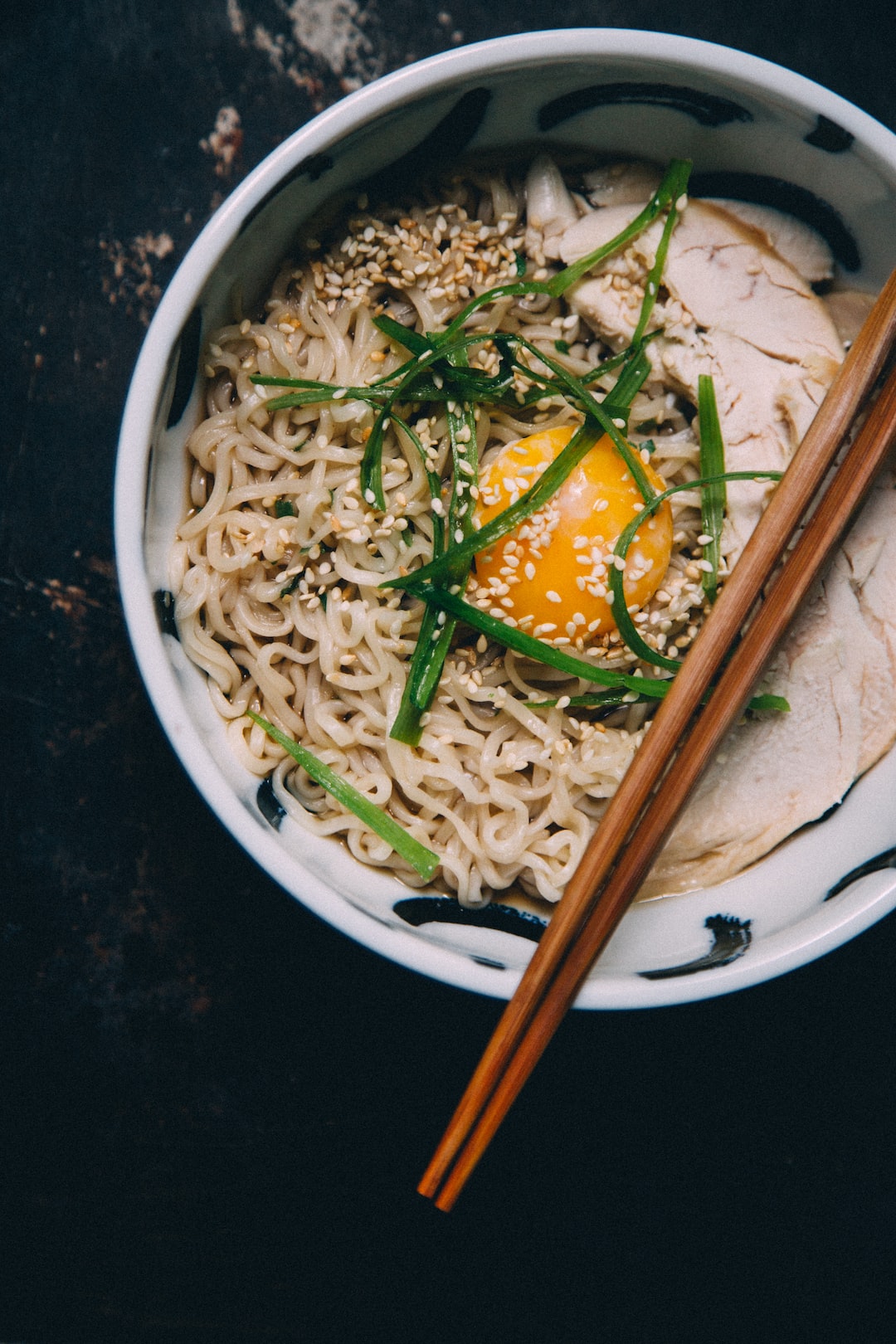The Art of Pairing Wine with Food: Expert Tips and Tricks
There is something inherently magical about the harmonious combination of a good wine and delicious food. Wine pairing elevates the dining experience to new heights, making each bite and sip a symphony of flavors that dance on your palate. While it may seem like an elusive art form reserved for sommeliers and connoisseurs, anyone can master the art of pairing wine with food with a few expert tips and tricks.
One of the fundamental principles of wine pairing is to match the intensity of the wine with the intensity of the dish. Light-bodied wines like Sauvignon Blanc or Pinot Grigio beautifully complement delicate seafood dishes or light vegetable pastas. On the other hand, full-bodied and robust red wines such as Cabernet Sauvignon or Malbec enhance the flavors of hearty dishes like steak or lamb. A general rule of thumb is that delicate foods pair well with delicate wines, while bold and rich foods call for powerful wines.
Another essential aspect of wine pairing is considering the flavors and components of both the wine and the food. The goal is to create a synergy between them, where each element enhances and complements the other. For example, the high acidity of a crisp white wine like Chardonnay or Riesling cuts through the richness of creamy dishes, such as risotto or seafood pasta, adding a refreshing contrast. Similarly, the tannins in red wines like Merlot or Syrah help cleanse the palate when paired with fatty meats like duck or beef.
It is also useful to consider the regional origins of both the wine and the food. Many wine-producing regions have their traditional cuisine, which often pairs wonderfully with the local wines. For instance, Italian wines like Chianti or Barolo effortlessly complement classic Italian dishes like pasta, risotto, or ossobuco. French wines, such as Bordeaux or Burgundy, are known for their versatility, working well with a wide range of traditional French dishes like coq au vin or bouillabaisse. Exploring these regional pairings can create an authentic and cohesive dining experience.
However, rules are meant to be broken. While traditional pairings can be reliable, don’t be afraid to explore unconventional combinations. Sometimes, the most surprising matches can create unforgettable experiences. For instance, the sweetness of a dessert wine like Port or Moscato beautifully contrasts with the intense richness of dark chocolate, creating a delightful balance. Experimentation is key to discovering unique flavor profiles that pair harmoniously.
When in doubt, consult the experts. Sommeliers, wine merchants, and even winemakers have an extensive knowledge of wine and food pairing. They can provide valuable recommendations based on your specific meal and wine preferences. Don’t hesitate to ask for their expertise, as they can guide you to select the perfect bottle that will complement your chosen dishes.
Ultimately, the art of pairing wine with food is a subjective and personal experience. It is about exploring your palate and discovering the combinations that bring you joy. However, by understanding the fundamental principles, considering the flavors and regional origins, and exploring unconventional pairings, you can embark on a culinary adventure that will tantalize your taste buds and enrich your dining experiences. So, raise your glass and toast to the art of pairing wine with food – a delightful journey of exploration, creativity, and indulgence.

